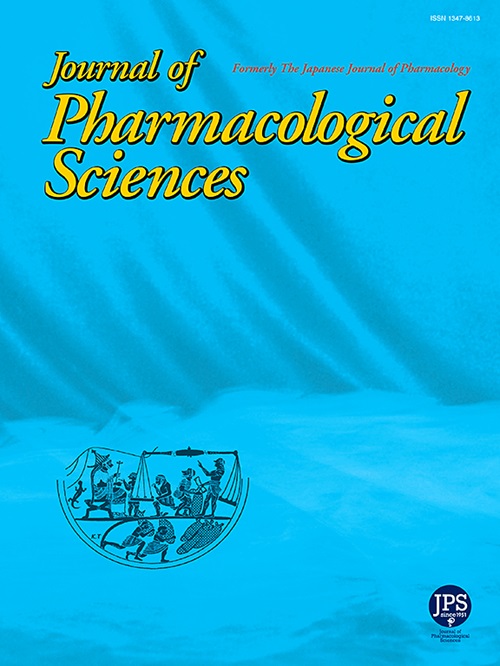柿子单宁是一种从柿子中提取的多酚,经口内治疗可直接影响牙龈卟啉单胞菌,显著改善牙龈炎、菌斑和口臭
IF 2.9
3区 医学
Q2 PHARMACOLOGY & PHARMACY
引用次数: 0
摘要
牙周病(PD)是一种不可逆转的疾病,预防性牙科在人畜医学中具有重要意义。本研究以柿子单宁(PT)为研究对象,以古拉卟啉单胞菌(P. gulae)为研究对象,探讨其杀菌、抗口臭和抗炎作用。方法体外观察PT对古弓形虫的直接作用。测定古拉菌诱导巨噬细胞分泌的促炎细胞因子。一项临床研究对古拉弓形虫相关帕金森病的狗进行了为期一个月的口服0.1%含pt凝胶治疗。结果spt对古弓形虫有明显的杀菌作用。短时间暴露后,可显著降低古弓形虫的生物膜形成和甲基硫醇生成。巨噬细胞产生的促炎细胞因子受PT治疗呈剂量依赖性。在一项犬临床研究中,0.1% PT口腔内治疗对牙龈炎和菌斑评分没有显著影响,但PT治疗也显著降低了硫化氢和甲基硫醇的浓度。虽然在体外没有抑菌作用,但PT处理使古古假单胞菌活性和DNA检测下降。结论口服PT可预防PD的发生。本文章由计算机程序翻译,如有差异,请以英文原文为准。
Intraoral treatment of persimmon tannin, a polyphenol extracted from persimmon, significantly ameliorates gingivitis, plaque and halitosis via directly influence the periodontal bacteria Porphyromonas gulae
Background
As periodontal disease (PD) is an irreversible disorder, preventive dentistry in human and veterinary medicine has become pertinent. This study focused on persimmon tannin (PT) and examined its bactericidal, anti-halitosis, and anti-inflammatory effects by focusing on Porphyromonas gulae (P. gulae).
Methods
The direct effects of PT on P. gulae were evaluated in vitro. Pro-inflammatory cytokines secretion induced by P. gulae in the macrophage cell lines were determined. A clinical study in dogs with P. gulae-associated PD was performed by one-month intraoral treatment with 0.1% PT-containing gel.
Results
PT exhibited a significant bactericidal effect to P. gulae. The biofilm formation and methyl mercaptan generated by P. gulae was significantly decreased by PT even after a short exposure period. P. gulae-induced proinflammatory cytokine production in macrophage cell lines was inhibited by PT treatment in a dose-dependent manner. In a clinical study of dogs, intraoral treatment with 0.1% PT did not significantly influence the gingivitis and plaque scores, however, the concentrations of hydrogen sulfide and methyl mercaptan were also significantly decreased by the PT treatment. Although there was no anti-bacterial in vitro, P. gulae activity and DNA detection decreased with PT treatment.
Conclusions
These findings suggest that intraoral administration of PT can prevent PD.
求助全文
通过发布文献求助,成功后即可免费获取论文全文。
去求助
来源期刊
CiteScore
6.20
自引率
2.90%
发文量
104
审稿时长
31 days
期刊介绍:
Journal of Pharmacological Sciences (JPS) is an international open access journal intended for the advancement of pharmacological sciences in the world. The Journal welcomes submissions in all fields of experimental and clinical pharmacology, including neuroscience, and biochemical, cellular, and molecular pharmacology for publication as Reviews, Full Papers or Short Communications. Short Communications are short research article intended to provide novel and exciting pharmacological findings. Manuscripts concerning descriptive case reports, pharmacokinetic and pharmacodynamic studies without pharmacological mechanism and dose-response determinations are not acceptable and will be rejected without peer review. The ethnopharmacological studies are also out of the scope of this journal. Furthermore, JPS does not publish work on the actions of biological extracts unknown chemical composition.

 求助内容:
求助内容: 应助结果提醒方式:
应助结果提醒方式:


